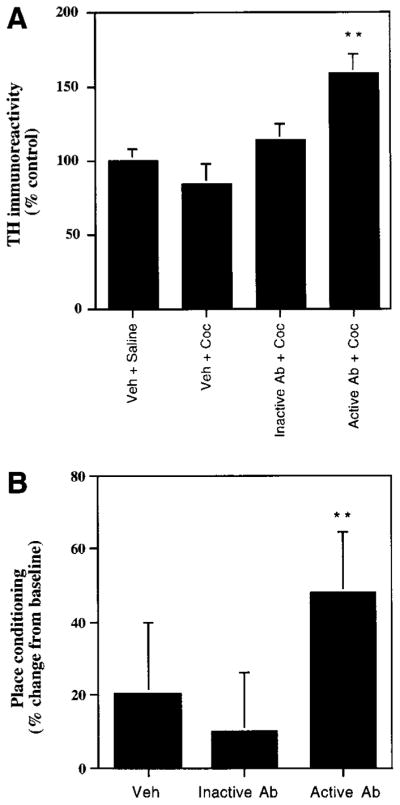Figure 4. Effect of Intra-VTA Infusion of Anti-GDNF Antibody on Biochemical and Behavioral Responses to Cocaine.

(A) Veh-Sal, animals received intra-VTA infusion of vehicle plus daily injections of saline for 5 days; Veh-Coc, animals received intra-VTA infusion of vehicle plus daily injections of cocaine (5 mg/kg i.p.) for 5 days; inactive Ab-Coc, animals received intra-VTA infusions of an anti-GDNF antibody that does not prevent GDNF from binding to its receptor (Ab 1531; see Experimental Procedures) plus daily injections of cocaine for 5 days; and active Ab-Coc, animals received intra-VTA infusions of an anti-GDNF antibody (Ab G90) that does prevent GDNF from binding to its receptor plus daily injections of cocaine for 5 days. Extracts of VTA were subjected to Western blotting for tyrosine hydroxylase. Data are expressed as mean ± SEM percentage of Veh-Sal group (N = 8 in each treatment group). Double asterisk, p < 0.01, compared to three other treatments, by Student’s t test.
(B) Animals received intra-VTA infusion of vehicle, inactive anti-GDNF antibody, or active anti-GDNF antibody and were trained for conditioned place preference to a threshold dose of cocaine (2.5 mg/kg). Data are reported as the mean percentage change in time spent on the drug-paired side ± SEM, which provides a measure of place conditioning (see Experimental Procedures) (N = 8 in each treatment group). Neither the vehicle- nor antibody-infused groups had a baseline preference for either side of the apparatus before conditioning. Double asterisk, p < 0.01, compared to vehicle and inactive antibody, by Student’s t test.
